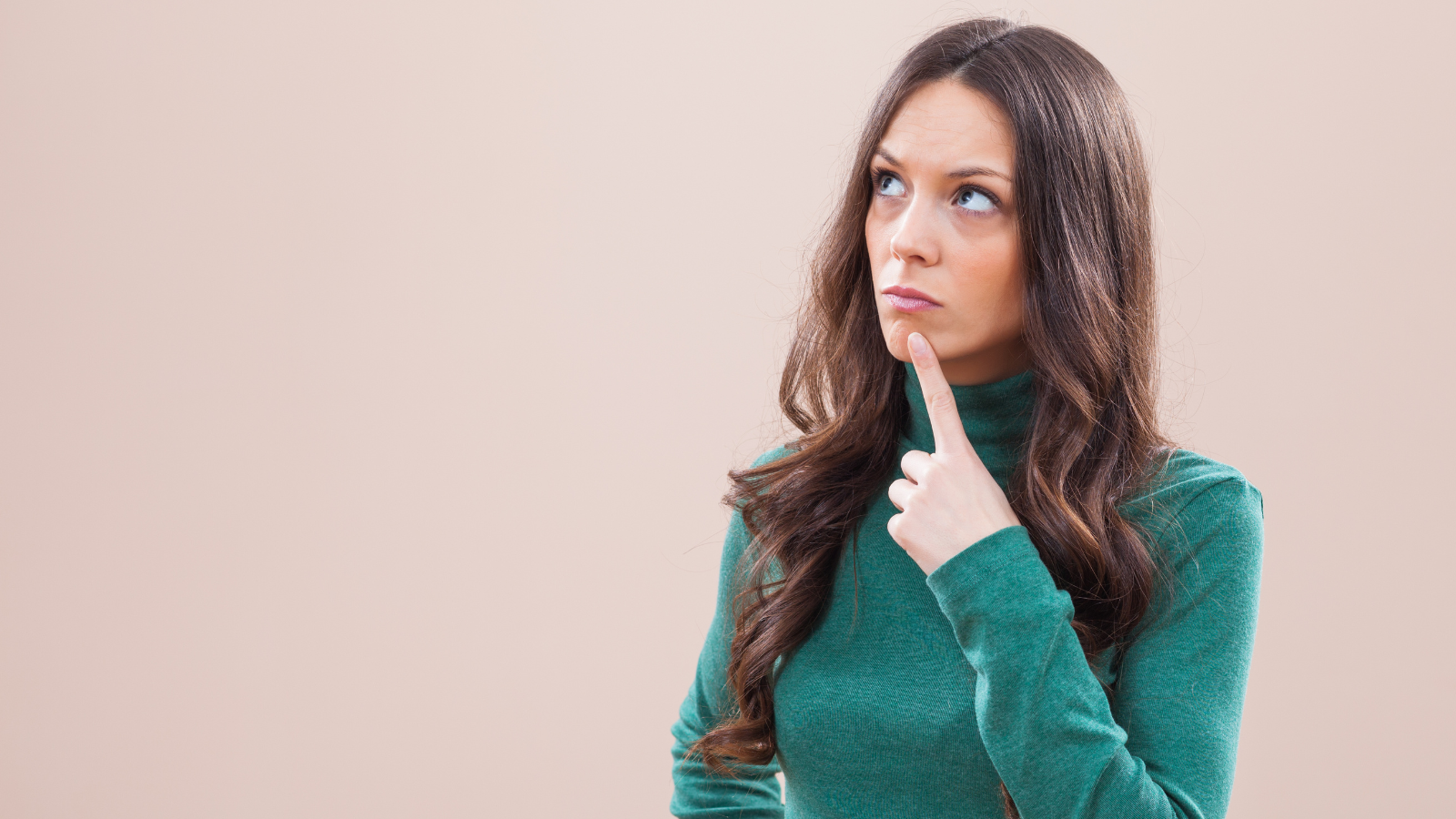Buyers Are Nearly 70% Through Their Buyers Journey Before Contacting Sales: Why Should You Care?
This article from Worldwide Business Research is really telling. B2B buyers are nearly 70% through their buyer’s journey before ever contacting your...
3 min read
 Dean Moothart
:
July 26, 2019
Dean Moothart
:
July 26, 2019

 Outbound prospecting for new business has always been a bit of a numbers game. Years ago, when I first started as a Sales Development Rep, the formula was simple. If you made 100 phone calls, you could expect 10 appointments, and at least 1 of those prospects would turn into a client. The numbers would vary from industry to industry and market to market, but that was the standard everyone was shooting for.
Outbound prospecting for new business has always been a bit of a numbers game. Years ago, when I first started as a Sales Development Rep, the formula was simple. If you made 100 phone calls, you could expect 10 appointments, and at least 1 of those prospects would turn into a client. The numbers would vary from industry to industry and market to market, but that was the standard everyone was shooting for.
Outbound prospecting is still a numbers game today. Unfortunately, the numbers are just a lot bigger. It requires more phone calls and more emails than ever before to get fewer responses, fewer appointments, and fewer clients. Why is it so hard? What’s changed?
 The Shift in Buyer Behavior
The Shift in Buyer BehaviorExperts seem to agree that there’s been a significant shift in buyer behaviors. Our prospects are in control, and they know it. No matter if you’re in a B2B or B2C market, we’re living in an age of the empowered buyer. We know the results (or lack thereof) of the empowered buyer. Below are some of the causes (or symptoms).
Anyone who’s been prospecting for new business for more than a few years will tell you that generating new clients via outbound tactics is more challenging than ever before. They know it in their gut, but there’s also a lot of research to back it up as well. Check out these stats from research done by HubSpot.
Ouch! No wonder it’s so hard to get people on the phone or to reply to an email. It’s evident that traditional approaches to sales and marketing are at best no longer aligned with the way prospects buy and at worst, they’re completely broken.
So, what’s the answer? It’s time to adapt. Don’t keep banging your head against the wall. Try something different. The good news is there’s a lot of research gives us some clues about the direction we should go.
The research tells us that our prospects are searching for content online that will help them answer their questions and solve their problems. They’re using the content they find online to inform their decisions. But they don’t trust any online source of information. The sources they trust most are endorsed by or shared by people in their networks. Consequently, social media has become one of the most valuable communication channels.
So, it’s time to step back and ask yourself some questions.
If you can’t confidently answer “yes” to all these questions, then it’s time to re-evaluate your marketing and sales strategy.

This article from Worldwide Business Research is really telling. B2B buyers are nearly 70% through their buyer’s journey before ever contacting your...

When you think about a purchase or decision that you’ve made, it often boils down to how it was presented to you visually. Let’s say you were looking...

Ask any salesperson about the challenges they face, and most will tell you that prospecting is the toughest part of the sales process. It’s hard to...